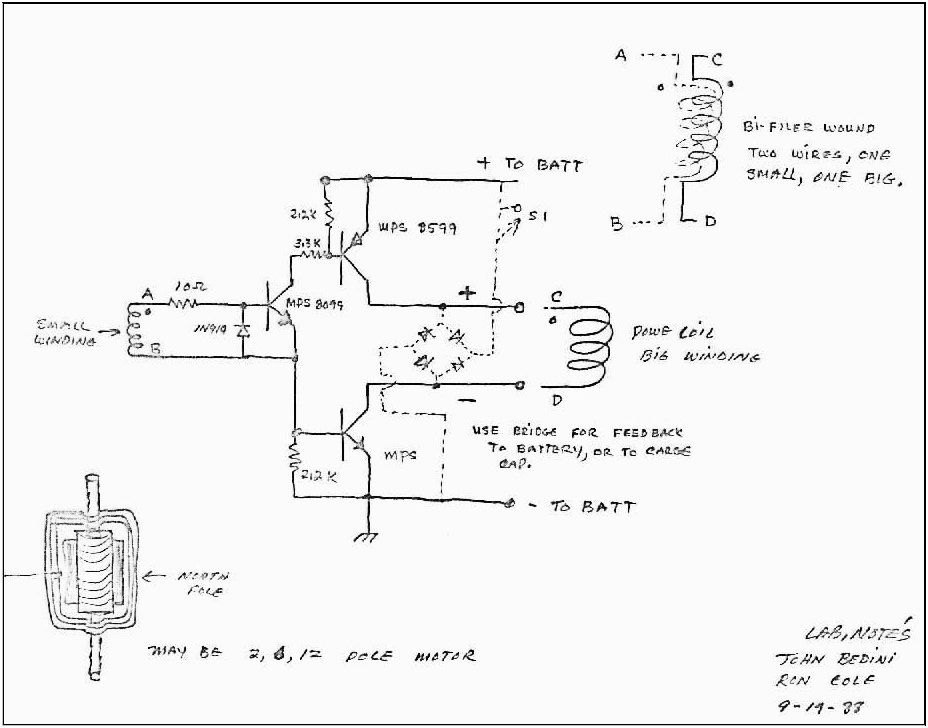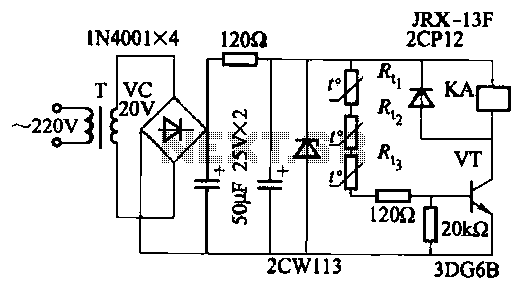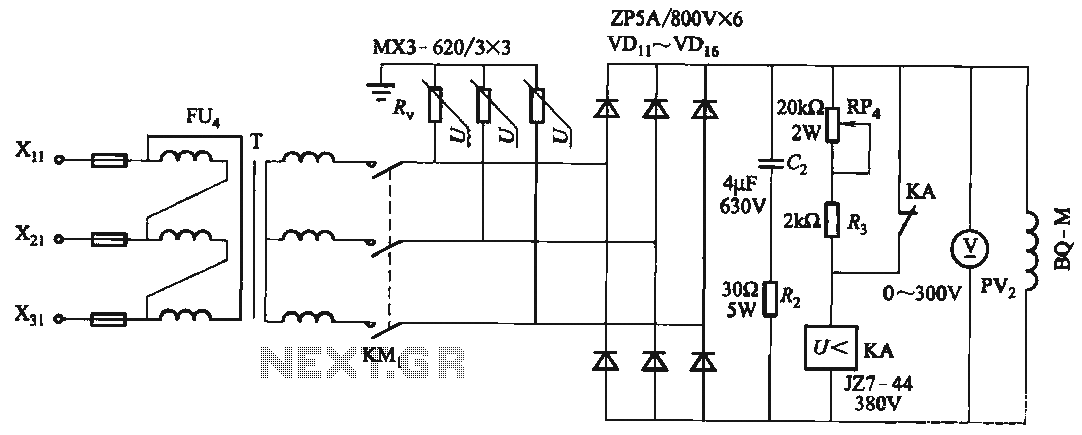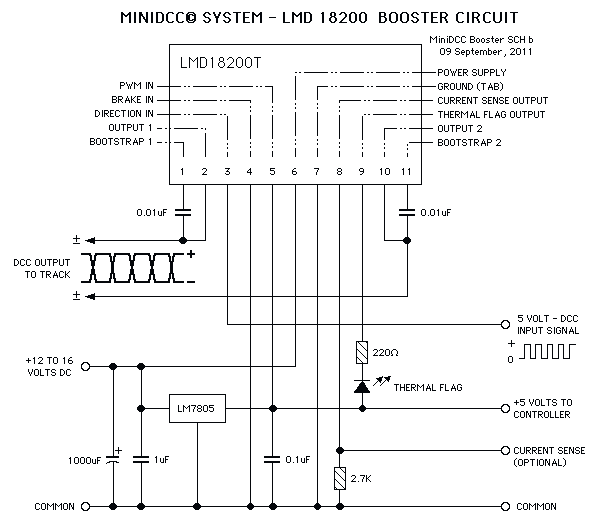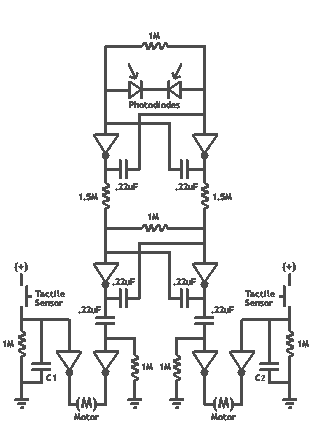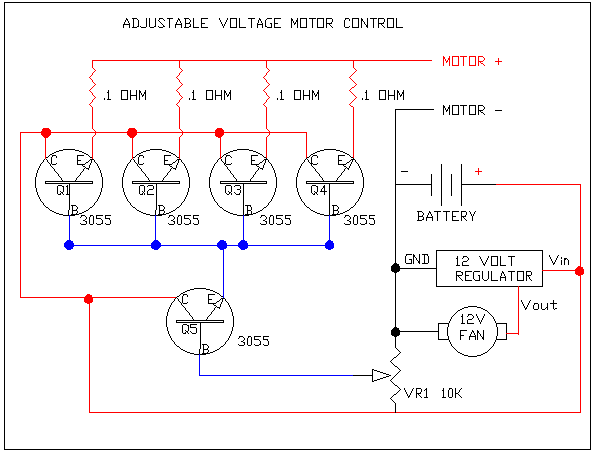
Bipolar stepper motor
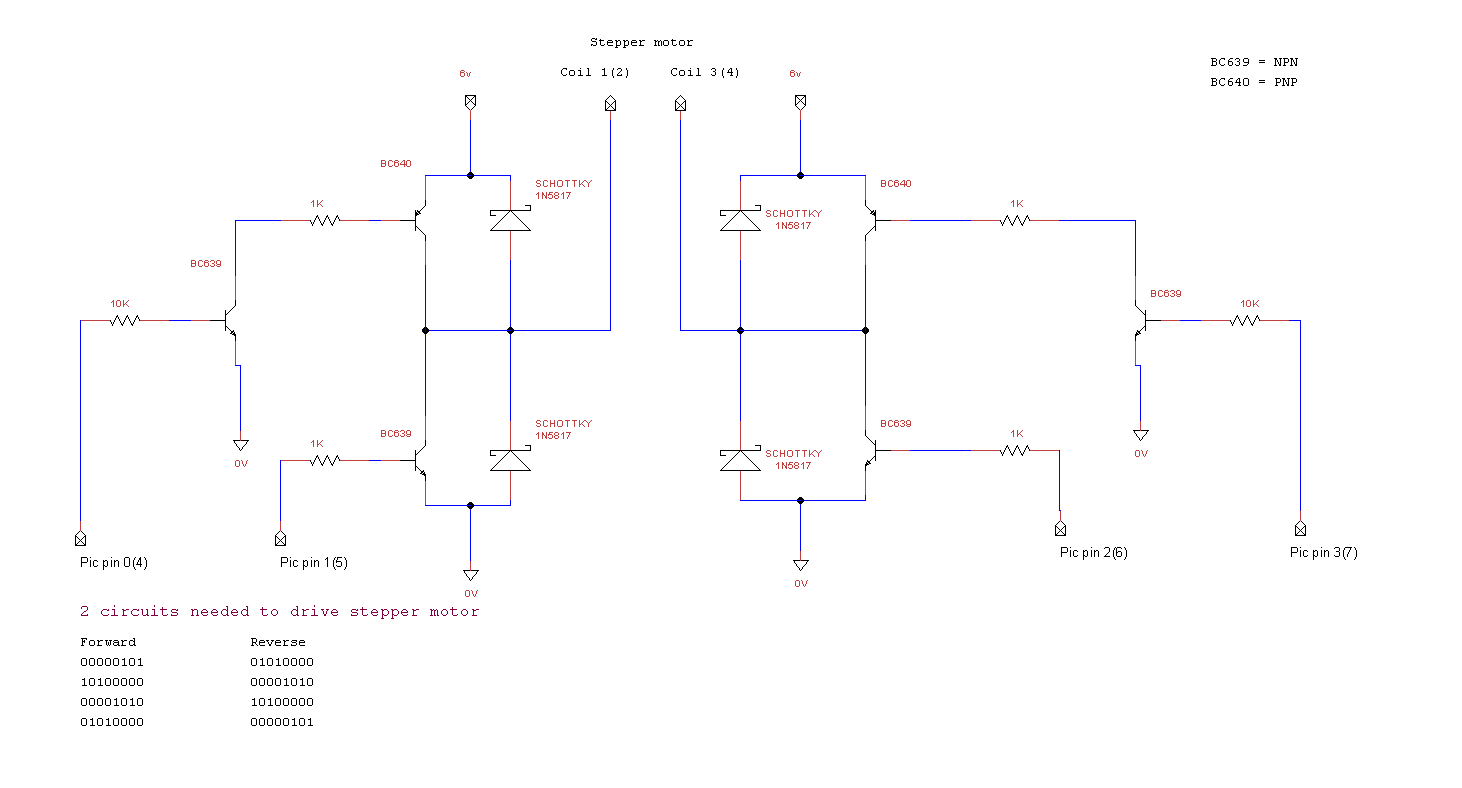
miRover. This page details how to use a PIC microcontroller and an H-bridge or an L298 to drive a bipolar stepper motor.
The project involves utilizing a PIC microcontroller to control a bipolar stepper motor, which is commonly used in robotics and automation applications due to its precise positioning capabilities. The control of the stepper motor is achieved through an H-bridge circuit or specifically using the L298 dual H-bridge driver IC.
In this setup, the PIC microcontroller generates pulse-width modulation (PWM) signals that dictate the stepping sequence of the motor. The bipolar stepper motor requires alternating current in two coils to achieve rotation in either direction. The H-bridge or L298 allows the microcontroller to control the direction of the current flow through the motor coils, enabling precise control over the motor's movement.
The circuit typically includes the following components:
1. **PIC Microcontroller**: Acts as the central control unit, programmed to output the necessary signals for motor control.
2. **L298 H-Bridge Driver**: This IC contains two H-bridges, allowing it to control two motors or a single bipolar stepper motor. It can handle significant current and voltage, making it suitable for driving motors.
3. **Bipolar Stepper Motor**: The motor is characterized by its two coils, which are energized in a specific sequence to produce rotational motion.
4. **Power Supply**: Provides the required voltage and current to the L298 and the stepper motor.
5. **Control Circuitry**: This includes resistors, capacitors, and possibly diodes to protect the circuit and ensure stable operation.
The operation begins with the PIC generating a series of digital signals that correspond to the required stepping sequence. The L298 receives these signals and controls the power delivered to the motor coils. By adjusting the timing and sequence of the signals, the speed and direction of the motor can be controlled effectively.
It is essential to consider the specifications of the stepper motor and ensure that the L298 is capable of handling the motor's current requirements. Additionally, proper heat dissipation measures should be incorporated, as the L298 can generate heat during operation.
This configuration enables a robust and efficient system for driving a bipolar stepper motor, suitable for various applications in robotics and automation where precise control of movement is essential.miRover. This pages details how to use a PIC microcontroller and an H-bridge or a L298 to drive a Bipolar stepper motor 🔗 External reference
The project involves utilizing a PIC microcontroller to control a bipolar stepper motor, which is commonly used in robotics and automation applications due to its precise positioning capabilities. The control of the stepper motor is achieved through an H-bridge circuit or specifically using the L298 dual H-bridge driver IC.
In this setup, the PIC microcontroller generates pulse-width modulation (PWM) signals that dictate the stepping sequence of the motor. The bipolar stepper motor requires alternating current in two coils to achieve rotation in either direction. The H-bridge or L298 allows the microcontroller to control the direction of the current flow through the motor coils, enabling precise control over the motor's movement.
The circuit typically includes the following components:
1. **PIC Microcontroller**: Acts as the central control unit, programmed to output the necessary signals for motor control.
2. **L298 H-Bridge Driver**: This IC contains two H-bridges, allowing it to control two motors or a single bipolar stepper motor. It can handle significant current and voltage, making it suitable for driving motors.
3. **Bipolar Stepper Motor**: The motor is characterized by its two coils, which are energized in a specific sequence to produce rotational motion.
4. **Power Supply**: Provides the required voltage and current to the L298 and the stepper motor.
5. **Control Circuitry**: This includes resistors, capacitors, and possibly diodes to protect the circuit and ensure stable operation.
The operation begins with the PIC generating a series of digital signals that correspond to the required stepping sequence. The L298 receives these signals and controls the power delivered to the motor coils. By adjusting the timing and sequence of the signals, the speed and direction of the motor can be controlled effectively.
It is essential to consider the specifications of the stepper motor and ensure that the L298 is capable of handling the motor's current requirements. Additionally, proper heat dissipation measures should be incorporated, as the L298 can generate heat during operation.
This configuration enables a robust and efficient system for driving a bipolar stepper motor, suitable for various applications in robotics and automation where precise control of movement is essential.miRover. This pages details how to use a PIC microcontroller and an H-bridge or a L298 to drive a Bipolar stepper motor 🔗 External reference
